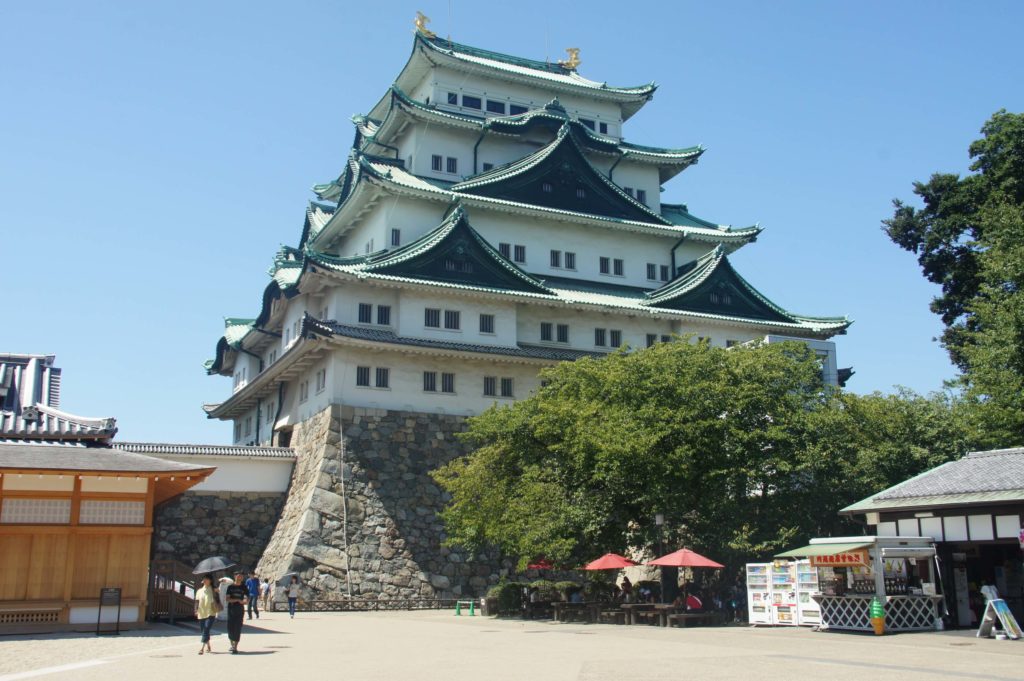Nagoya – Japan
The Middle Capital
Our first destination from our main base in Tokyo, we come to one of the “newest” and thriving cities in Japan, Nagoya. A city almost entirely devastated during WWII, including its ancient castle that was being used as military barracks back in the time and reduced to rubble, then raised from the grounds to become the fourth largest city in Japan and one of the nation’s major economic centers, fast growing in every sense and not just in population but also in economy and industry home to some of the giants in automobile and railway with headquarters and production chains such as Toyota, Honda, Mitsubishi and the Shinkansen to name some; and a constantly rising tourist destination.
Although not a highlight for many tourists when visiting Japan, it is nevertheless a great day out whether you are coming from Tokyo or Kyoto. It’s merely an hour away in the Shinkansen bullet train train from any of these cities, and for anyone holding a Japan Railway Pass this route is included and you can benefit from the super high frequencies and comfort. With a day being enough for every sight, there is not really a need for any further time unless you are lucky enough of having plenty of days for touring and enjoying your time as you wish. However, for the average tourist either on their own or as part of a tour, a day is ideal. Prepare yourself for commuting by metro every now and then since distances are big once you are outside of the main core around the castle. After all, remember you are in a very large city when comparing it to European standards. Over 9 million inhabitants live in the metropolitan area.
So while this city is often bypassed by the tourists, it does really have its charm and beauty. Likewise Tokyo and Hiroshima, is very modern and new as we saw in part due to its past history of war. For us, it was a decision in between coming here or the area of Fujisan by the Mount Fuji, which in any case, you will see from the train window whenever you commute in the Tokaido-Sanyo Shinkansen line between Tokyo and the west (weather permitting). While it’s a great place for nature and landscapes, it’s also a difficult place to pre-plan because you never know what’s the weather going to be, but expect high chances of clouds to the point of almost not seeing the volcano.
